The Consolidated Appropriations Act, 2021 was approved by Congress on Dec. 21, 2020 and signed into law by President Trump on Dec. 27, 2020.
COVID-RELATED TAX RELIEF ACT OF 2020
TAX TREATMENT Clarified —For purposes of the Internal Revenue Code of 1986—
- no amount shall be included in the gross income of the eligible recipient by reason of forgiveness of indebtedness for a PPP Loan, forgiveness of an EIDL Grant, or for subsidies for certain loan payments paid by the SBA for certain SBA loans already in place and others as stipulated.
- no deduction shall be denied, no tax attribute shall be reduced, and no basis increase shall be denied, by reason of the exclusion from gross income provided by paragraph 1.
- in the case of an eligible recipient that is a partnership or S corporation—
- any amount excluded from income by reason of paragraph 1. shall be treated as tax-exempt income for purposes of sections 705 and 1366 of the Internal Revenue Code of 1986, and
- except as provided by the Secretary of the Treasury (or the Secretary’s delegate), any increase in the adjusted basis of a partner’s interest in a partnership under section 705 of the Internal Revenue Code of 1986 with respect to any amount described in subparagraph a. shall equal the partner’s distributive share of deductions resulting from costs giving rise to forgiveness.
- EFFECTIVE DATE — The amendment made by this subsection shall apply to taxable years ending after the date of the enactment of the CARES Act.
Economic Aid to Hard-Hit Small Businesses, Non-profits, and Venues Act Paycheck Protection Program Second Draw Loans
Who is eligible?
- Any business concern, nonprofit organization, housing cooperative, veterans organization, Tribal business concern, eligible self-employed individual, sole proprietor, independent contractor, or small agricultural cooperative that:
- employs no more than 300 employees
- had gross receipts during the 1st, 2nd, 3rd, or 4th quarter of 2020 that can demonstrate a 25% reduction of gross receipts during the same quarter of 2019
- certain other entities are ineligible as described in 13 CFR section 120.110 (or in any successor regulation, guidance or rule that may be issued by the administrator) other than non-profit businesses or businesses engaged in teaching, instructing, counseling, or indoctrinating religion or religious beliefs.
As with the first round of PPP loans, full forgiveness requires 60/40 cost allocation between payroll and nonpayroll costs. You must spend at least 60% of the funds on payroll over your covered period, ranging from eight to 24 weeks.
How much can I apply for?
- Maximum loan amounts – the lesser of the average monthly payment for payroll costs incurred or paid during
- the 1- year period before the date on which the loan is made or
- the calendar year 2019
- multipied by 2.5 not to exceed $2,000,000
- Seasonal employers maximum loan – the average total monthly payments for payroll costs incurred or paid
- for any 12 week period between February 15, 2019, and February 15, 2020
- multiplied by 2.5 not to exceed $2,000,000
- NAICS 72 Entities – the lesser of the average monthly payment for payroll costs incurred or paid during
- the 1- year period before the date on which the loan is made or
- the calendar year 2019
- multiplied by 3.5 not to exceed $2,000,000
- For loans up to $150,000, the eligible entity may submit a certification attesting that the eligible entity meets the applicable revenue loss requirement and if the eligible entity submits a certification on or before the date the entity submits an application for forgiveness produces adequate documentation they met such revenue loss standard.
- Applications can be submitted until March 31, 2021.
What can I spend the money on?
- All of the same costs as under the original Paycheck Protection Program but adding the following:
- Operations expenses – means a payment for any business software or cloud computing service that facilitates business operations, product or service delivery, the processing, payment, or tracking of payroll expenses, human resources, sales and billing functions, or accounting or tracking of supplies, inventory, records and expenses;
- Property damage costs – means a cost related to property damage and vandalism or looting due to public disturbances that occurred during 2020 that was not covered by insurance or other compensation
- Supplier costs – means an expenditure made by an entity to a supplier of goods for the supply of goods that:
- Are essential to the operations of the entity at the time at which the expenditure is made; and
- Is made pursuant to a contract order, or purchase order:
- in effect at any time before the covered period with respect to the applicable covered loan; or
- with respect to perishable goods in effect before or at any time during the covered period with respect to the applicable covered loan
- Worker protection expenditures – means an operating or a capital expenditure to facilitate the adaptation of the business activities of an entity to comply with requirements established or guidance issued by the Department of Health and Human Services, the Centers for Disease Control, or the Occupational Safety and Health Administration, or any equivalent requirements established or guidance issued by a State or local government, during the period beginning on March 1, 2020, and ending the date on which the national emergency declared by the President under the National Emergencies Act may include the purchase, maintenance, or:
-
-
-
- Renovation of assets that create or expand—
- A drive-through window facility;
- An indoor, outdoor, or combined air or air pressure ventilation or filtration system;
- A physical barrier such as a sneeze guard
- An expansion of additional indoor, outdoor, or combined business space;
- An onsite or offsite health screening capability; or
- Other assets relating to the compliance with the requirements or guidance
- Renovation of assets that create or expand—
-
- Specific group insurance payments for group life, disability, vision, or dental have now been defined to be included as payroll costs (as if part of the CARES ACT)
- The effective date of these are as if included in the “CARES ACT,” however any loans already forgiven are excluded from these provisions.
-
How do I go about obtaining Forgiveness?
Simplified Forgiveness Application
- For loans not more than $150,000 the loan shall be forgiven if the recipient:
- signs and submits to the lender a one-page certification requiring:
- a description of the number of employees the recipient was able to retain because of the loan
- the estimated amount spent by the recipient on payroll costs and
- total loan value
- attests that the recipient has:
- accurately provided the required certification and complied with requirements
- records retention supporting the form that proves compliance with the requirements
- with respect to employment for the 4 year period following submission of the form and
- with respect to other records for the 3 year period following submission of the form.
- The Administrator (SBA) may review and audit for loans not more than $150,000
- signs and submits to the lender a one-page certification requiring:
- For loans, more than $150,000 the recipient shall submit documentation supporting the full-time equivalents, payroll costs, and non-payroll costs.
- Forgiveness Audit Plan (new provision) – The Administrator (SBA) no later than 45 days of enactment shall submit to the Senate and the House an audit plan detailing reviews and audits of all loans. The audit provision of the act is effective as if included in the CARES ACT and shall apply to any loan made pursuant to the ACTS including forgiveness of such a loan.
For more information on how to apply or if you qualify, please contact a Barnes Wendling advisor today.
Related Insights
Featured Post

Featured Client Testimonials
BW is a true partner to us. Their knowledge, expertise, and service are a valuable resource to us and play an important role in our success!
John Allen - Vice President of Finance, Kaufman Container
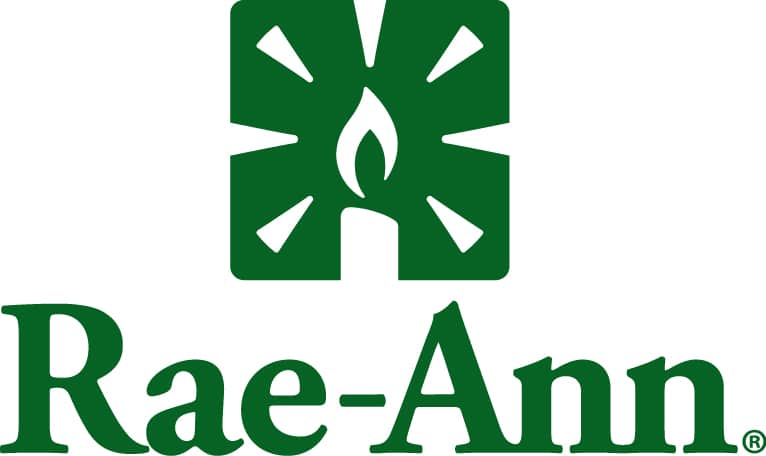
Featured Client Testimonials
I appreciate the exceptional tax advice we received over the years. The (BW team) has a good grasp of our business needs. Thank you for your excellent service.
John Griffiths - Owner, Rae Ann, Inc.

Featured Client Testimonials
The BW team has been fantastic to work with; both the team member at our office as well as at the partner level. Any issues or concerns are handled very efficiently and effectively.
Kelley Needham - Chief Executive Officer, Epilepsy Association
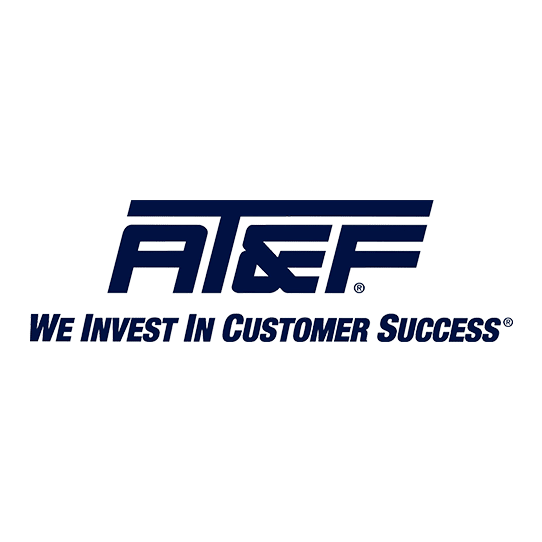
Featured Client Testimonials
Barnes Wendling has been our company accountants for over seven years. Their knowledge has been instrumental in helping us grow strategically during this time. And although we’ve seen many changes in our economy that we cannot control, we’ve always been able to trust the Barnes team to be by our side. The Barnes team feels like family. We can’t thank them enough for their support!
Christine Kloss - Controller, AT&F
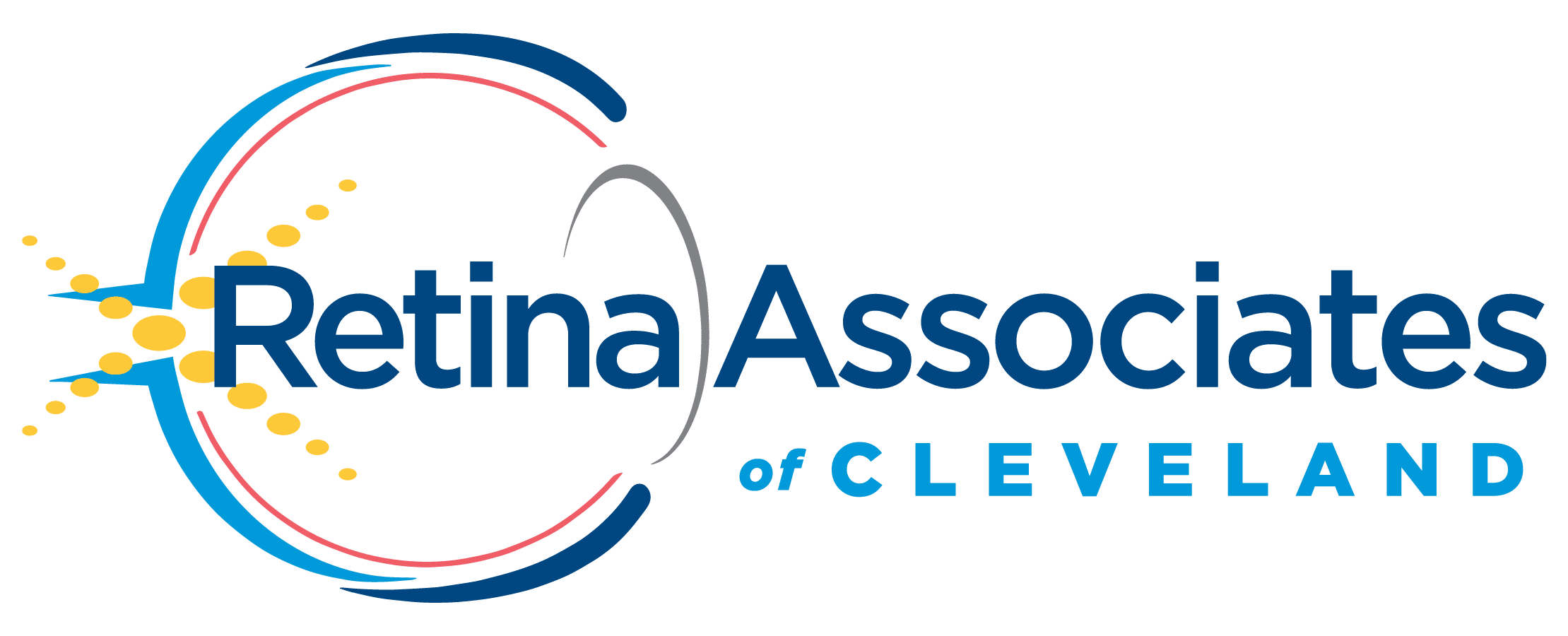
Featured Client Testimonials
Barnes Wendling has been our company accountants for over 15 years. During this time, the business has grown exceptionally, and Barnes has kept pace, providing accurate, quality advice. Our finances are more efficient than ever, and the expense of hiring Barnes has been a definite positive add to our bottom line. I give my highest recommendation to their firm.
David Miller, MD - President, Retina Associates of Cleveland

Featured Client Testimonials
Barnes Wendling has provided us guidance and recommendations that have strategically helped strengthen our business and position ourselves for growth. We needed to hire a new VP of Finance and Controller this past year, and they were instrumental in helping us find the best candidates for our company.
Sara Blankenship - President, Kaufman Container

Featured Client Testimonials
We value the trust, accuracy of information, and reliability of Barnes Wendling and Mike Essenmacher personally. Mike has been instrumental as a trusted advisor on accounting, tax, and personnel issues. His advice is always accurate, and he is very reliable. His associates are also very talented.
Dominic Ozanne - President and CEO, Ozanne Construction Company

Featured Client Testimonials
We value Barnes Wendling’s expertise with all things accounting so we can operate our business using our strengths and allowing them to be our experts. They have also brought me a few business sale opportunities to allow me to grow my assets.
John Gaydosh - President and Metallurgical Engineer, Ohio Metallurgical Service
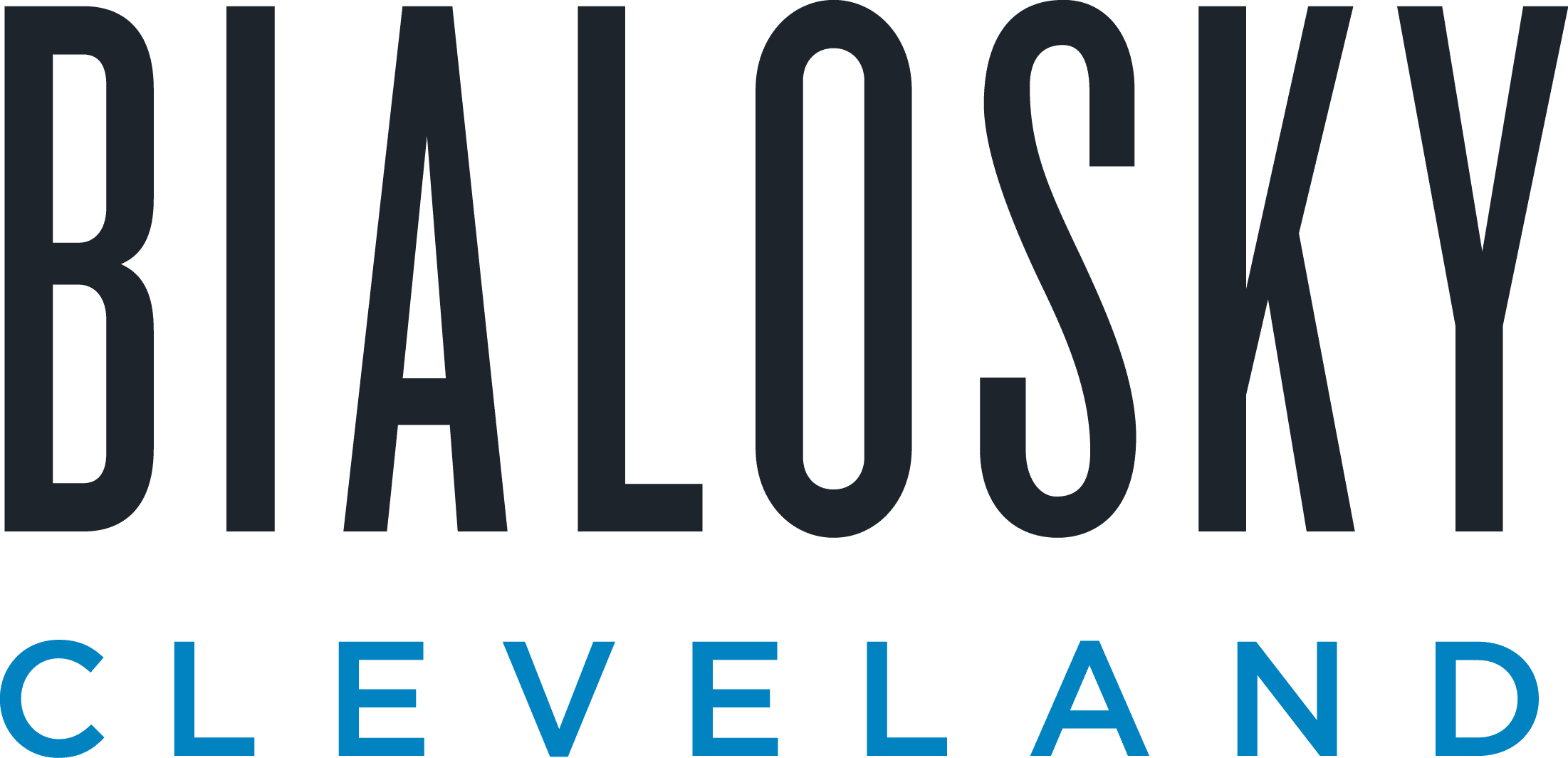
Featured Client Testimonials
Barnes Wendling (especially Lena) did a great job with our financials. Everything. It is extremely refreshing and comforting to know that all of our numbers are not only correct, but they are in the right place(s). Your diligence and reporting truly does make me (personally) feel better.
Thomas Adomaitis - Controller, Bialosky Cleveland
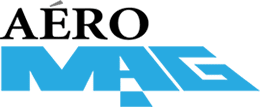
Featured Client Testimonials
I can wholeheartedly tell you that I have yet to work with an audit or tax team that have been more helpful, easy to work with, and committed than the team at Barnes Wendling- I have been through three different firms in the last few years.
Michelle Saylor, Former Controller, Aero Mag
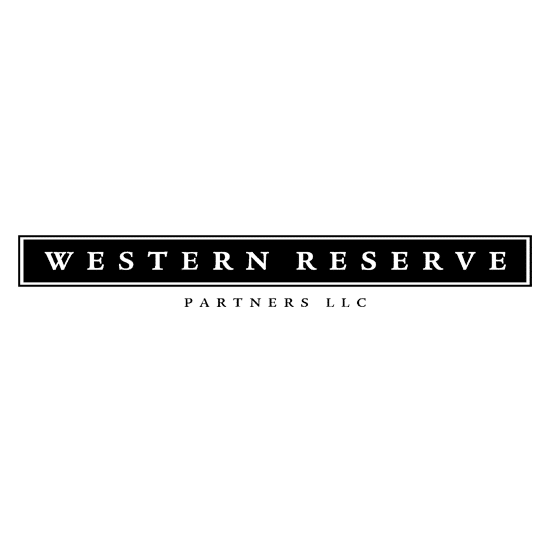
Featured Client Testimonials
Floyd Trouten at Barnes Wendling CPAs is an “expert’s expert” when it comes to M & A accounting. Not only does he understand the evolving details of the Tax Code but he also sees the fine points of their application for owners, managers, investors, and financiers.
Mark A. Filippell, Western Reserve Partners

Featured Client Testimonials
The service is amazing at Barnes Wendling CPAs. The benefit is worth more than the cost. Sometimes it’s true that you get what you pay for.
Mark Boucher - Former Owner, Castle Heating & Air









